Growth in the Pharmaceutical Sector
The Sodium Lauryl Sulfate Market SLS Market is also benefiting from growth in the pharmaceutical sector. SLS is utilized as an excipient in various pharmaceutical formulations, enhancing the solubility and bioavailability of active ingredients. The increasing prevalence of chronic diseases and the subsequent rise in pharmaceutical product development are contributing to the demand for Sodium Lauryl Sulfate Market. Market analysis suggests that the pharmaceutical segment is expanding, with a focus on developing innovative drug delivery systems. This trend is likely to bolster the Sodium Lauryl Sulfate Market SLS Market, as pharmaceutical companies seek effective solutions to improve patient outcomes and product efficacy.
Rising Demand in Personal Care Products
The Sodium Lauryl Sulfate Market SLS Market is experiencing a notable increase in demand, particularly within the personal care sector. This surge is attributed to the growing consumer preference for effective cleansing agents in shampoos, body washes, and facial cleansers. According to recent data, the personal care segment accounts for a substantial share of the SLS market, driven by the rising awareness of hygiene and grooming. As consumers seek products that deliver superior cleansing without compromising skin health, manufacturers are increasingly incorporating Sodium Lauryl Sulfate Market into their formulations. This trend is likely to continue, as the personal care industry evolves to meet the needs of a more discerning consumer base, thereby propelling the growth of the Sodium Lauryl Sulfate Market SLS Market.
Expansion in Household Cleaning Products
The Sodium Lauryl Sulfate Market SLS Market is witnessing significant growth due to the expansion of household cleaning products. With an increasing focus on cleanliness and sanitation, consumers are gravitating towards effective cleaning agents that can tackle tough stains and dirt. SLS is favored for its excellent foaming and emulsifying properties, making it a popular choice in various household cleaners. Market data indicates that the household cleaning segment is projected to grow at a robust rate, driven by heightened consumer awareness regarding hygiene. As manufacturers innovate and develop new cleaning solutions, the demand for Sodium Lauryl Sulfate Market is expected to rise, further solidifying its position in the Sodium Lauryl Sulfate Market SLS Market.
Technological Advancements in Manufacturing
Technological advancements in manufacturing processes are playing a crucial role in the Sodium Lauryl Sulfate Market SLS Market. Innovations in production techniques are enabling manufacturers to enhance the quality and efficiency of SLS production. These advancements not only reduce production costs but also improve the environmental footprint of SLS manufacturing. As companies adopt more sustainable practices, the appeal of Sodium Lauryl Sulfate Market as a versatile ingredient in various applications is likely to increase. Furthermore, the integration of automation and digital technologies in manufacturing processes may lead to higher output and consistency in product quality, thereby supporting the growth of the Sodium Lauryl Sulfate Market SLS Market.
Increasing Regulatory Support for Safe Ingredients
The Sodium Lauryl Sulfate Market SLS Market is benefiting from increasing regulatory support for safe and effective ingredients. Regulatory bodies are emphasizing the importance of consumer safety, leading to a more stringent evaluation of cosmetic and personal care products. This regulatory environment encourages manufacturers to utilize Sodium Lauryl Sulfate Market, which has been extensively studied and deemed safe for use in various applications. As regulations evolve, the Sodium Lauryl Sulfate Market SLS Market is likely to see a shift towards products that comply with safety standards, thereby enhancing consumer trust and driving market growth. The alignment of SLS with regulatory requirements may further solidify its position in the market.


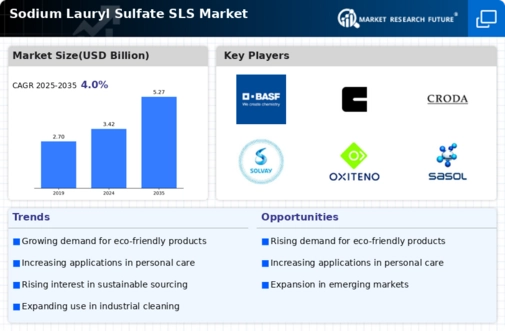
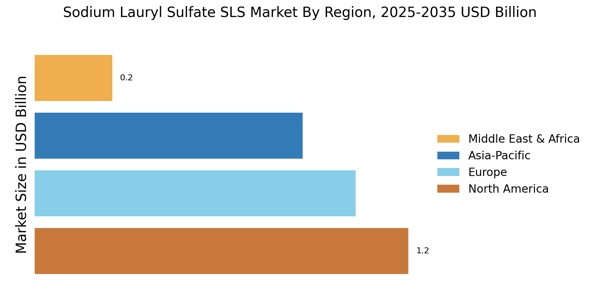

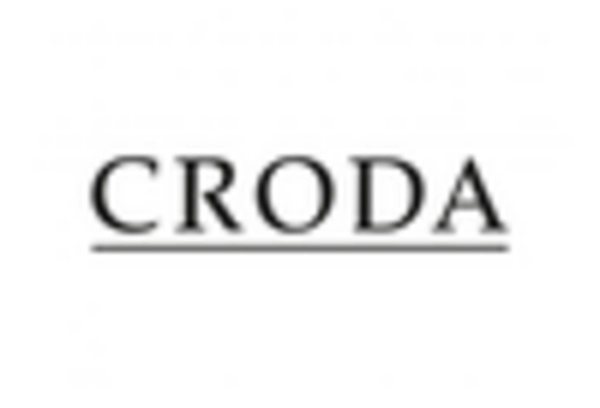
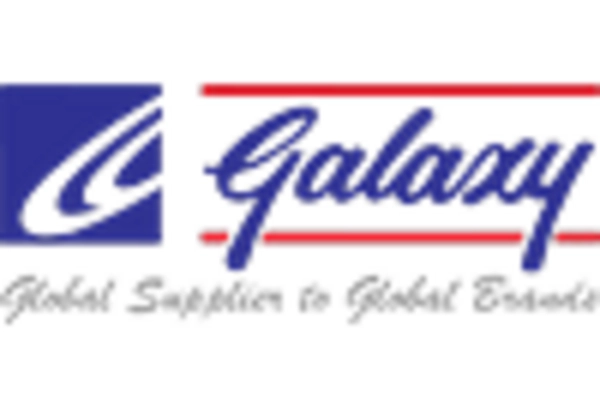


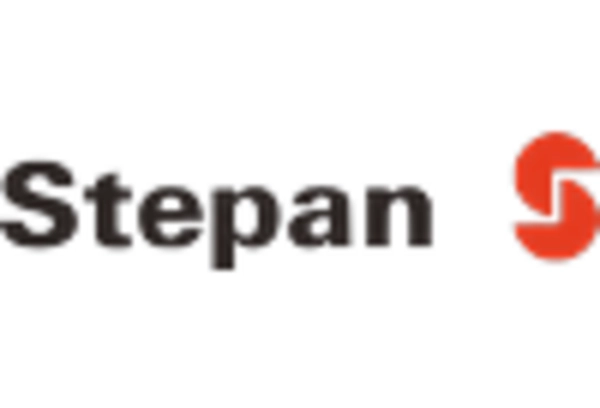








Leave a Comment